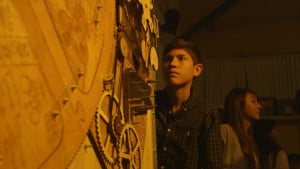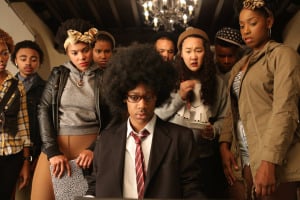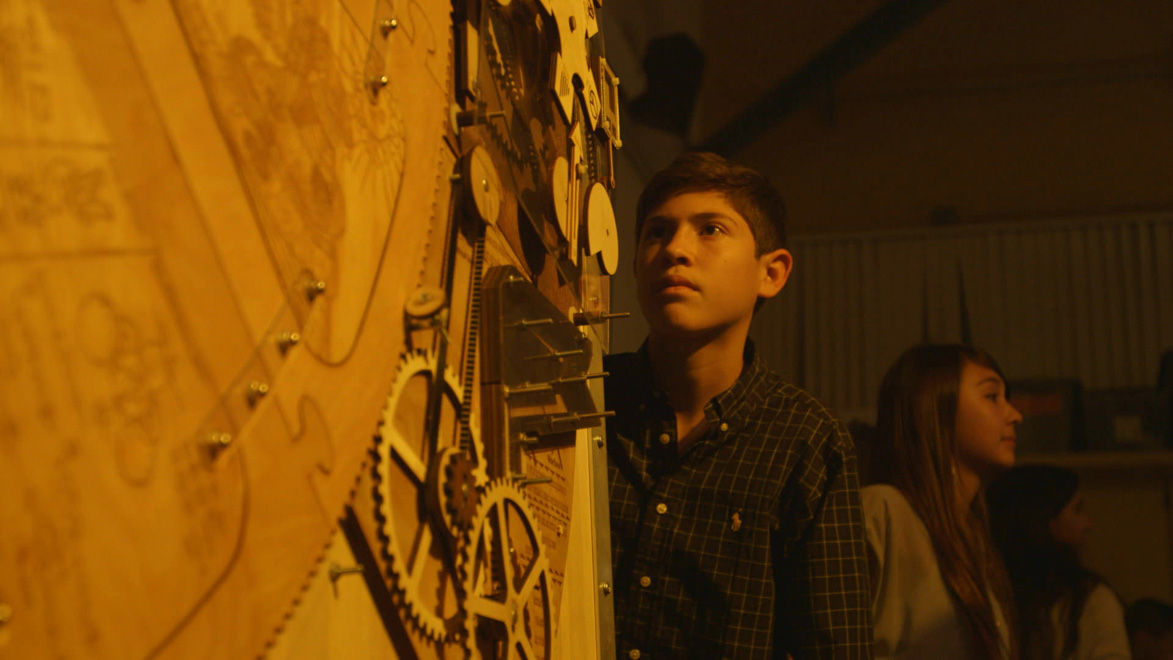Since this isn’t my first time at the rodeo, by the time I arrived in Park City on Wednesday night, the Sundance Film Festival had already effectively started — even though the first film wouldn’t screen until Thursday night. Last year, I hadn’t even booked my flight for the festival until a week before it started. This year, the planning began way back in December.
Having scored a proper press credential — not just the horrid kind I had last year where they let you into a press screening at the last minute, and only if nobody more important doesn’t want the seat — I was able to tetris my screening schedule early, book tickets for some public screenings, schedule interviews with directors, and even watch a few of the films premiering at the festival before the festival even began.
By mid-December, the festival had announced the majority of its slate of 100+ films — almost all of them world premieres. About a week later, the Press & Industry (P&I) screening schedule had been released. The way most major film festivals work is they have two kinds of screenings: public screenings, where anyone with $20 (or more) can get a ticket, and P&I screenings, where you have to have what’s called a ‘credential’ to attend. If the festival grants you a press credential, you get free unlimited access to press screenings — space permitting —as well as a few extra rights, which include reserving 10 tickets to public screenings and being able to request interviews with the talent. Movie stars show up to the public screenings; nobody but press and industry are at the P&I ones.
So once the P&I schedule is out, the tetrising begins: How can I fit everything I want to see into the limited amount of time I have in Park City? Complications abound. Is it really that important to eat meals throughout the day? What’s worth seeing on the big screen versus watching on my television at home as a screener and still reviewing? What’s likely to get theatrical distribution, allowing me to skip it at the festival? What will I never get to see on the big screen again if I don’t see it here?

Each film screens only once for press, and there are multiple concurrent screenings. It’s not uncommon to find two films you want to see that are both screening at the same time. The solution: Try to squeeze in a public screening, which is itself another headache. Some films don’t even screen for press, like the short film programs and Guy Maddin’s hotly anticipated “The Forbidden Room,” among others. The press screenings all happen in the same cinema complex, but the public screenings are spread out across Park City, which means you have to leave travel time to get from one film to the next, using the not-always-reliable bus system.
Once you’ve figured out the press screenings you’re going to, around the second week of January, you decide which 10 films you want to see at public screenings. You have to do it quickly, because hot tickets, like the new Noah Baumbach film, sell out fast, and Sundance’s ticketing system has the habit of crashing mid-way through your order, thereby releasing the ticket you thought you’d reserved to that must-see film.
As soon as you think you have your schedule sorted out — about a week before the festival begins — you’re likely to get a curveball or two. Maybe IndieWire publishes a “most anticipated films” list, and you realize an actor you love stars in a film you’d overlooked: How can you fit it in? Maybe you wanted to see 15 public screenings — you’re only guaranteed tickets to 10 — which means you now have to contact individual publicists for each film you want to see to request tickets, which may or may not be available. Then, you start requesting interviews and discover that you don’t have much choice about when you get to meet with a director. Suddenly, films get scratched off your schedule. So you re-tetris your schedule, only it’s more difficult now, because you’re now locked into the public screenings you’ve requested. By this point, pretty much all the public screenings are sold out.

In the week leading up to the festival, you also, if you’re on the ball, start watching screeners: advanced copies of films, usually in the form of online links. Before a single film had even screened at Sundance, I’d already seen a handful of documentaries getting their world premieres here. I watched “Larry Kramer in Love and Anger,” which is about American author and playwright Larry Kramer and his work with the New York LGBT organization Act Up to fight AIDS. I caught the Canadian National Film Board documentary “The Amina Profile,” about the Canadian woman who was having an online relationship with the woman behind the “Gay Girl in Damascus” blog who turned out to be not who she said she was — or even a woman, at all. I saw the documentary about high school education reform, “Most Likely to Succeed,” not to mention the new documentary by Stanford Alum Jennifer Siebel Newsom ’96, “The Mask You Live In,” about the harmfulness of our cultural expectations surrounding masculinity. I can’t tell you what I thought about any of them yet, aside from that they were all good, because I’m “embargoed” until the films officially screen at the festival. And I’ve got another dozen screener links I still haven’t watched.
Although the opening night of the festival used to be where the mediocre films were dumped, since press often didn’t arrive until Day 2, this started to change last year. “Whiplash,” now nominated for the Best Picture Oscar, was one of last year’s opening night films. It went on to win the Sundance Jury Award and Audience Award, before becoming a crowd-pleaser at festivals the world round. Although I’d still say the film is mediocre, it’s proved that Day 1 of the festival is not to be ignored.
This year’s festival opened with two documentaries: the Nina Simone biography “What Happened, Miss Simone?” and the Canadian-U.K. co-production about Greenpeace, “How to Change the World.” There were also two narrative features: the coming-of-age tale “The Summer of Sangaile” and the comedy “The Bronze,” which from the description sounds like what “Foxcatcher” would have been had it been centered around a woman who never found a big-nosed rich benefactor.

Will this year’s Opening Night films prove to be breakout hits? Only time will tell. Despite all the planning I put into organizing my schedule, I’m sure that I’ll still end up missing some must-see film. Last year, my blind spot was “Dear White People,” which I stupidly opted out of seeing in favor of the horrendously twee “God Help the Girl.” With any luck though, the next week will be a week of discoveries, mostly good. And I’ll be writing about what I see and what it’s like to be a journalist at Sundance — in a word, awesome.
Contact Alexandra Heeney at aheeney ‘at’ stanford.edu.
We regret that in an earlier version of this article, we wrote that the director “The Mask You Live in” was Joanna Siebel Newsom. In fact, she is Jennifer Siebel Newsom.
